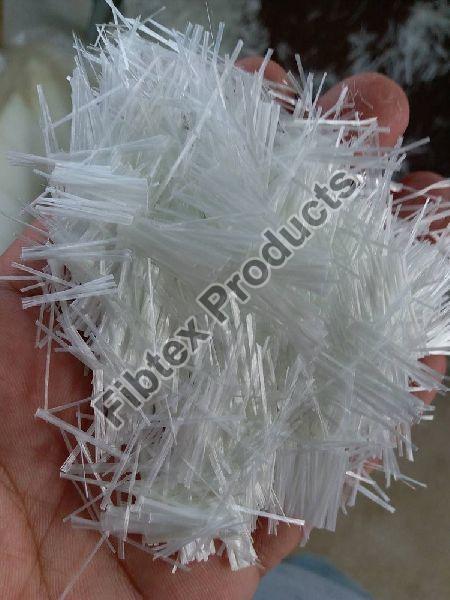Chawri Bazar, Delhi
- GST NO. : 09AADFF8307J1Z9
What Is Fiberglass And How Is It Made?
Posted by Admin on March, 30, 2024

Fibreglass (or glass fibre) is a gigantically prevalent material utilised by various businesses. Nearly everyone-engineers, venture directors, or indeed your Mom-has listened to it. It's lightweight, more grounded than most conventional materials, and can withstand extraordinary situations without eroding, buckling, or distorting.
Since then, it's been used in anything from bridge development and fawning building to wearing hardware and printed circuit sheets (PCBs). Despite being so broadly used, the manufacturing process for fibreglass items is moderately obscure.
As such, this article sheds light on fibreglass manufacturing, especially the strategies that reliable AR Glass Chopped Strand developers use to create various fibreglass items.
How Fibreglass is Made?
Fibreglass is made of glass that is comparable to windows or kitchen drinking glasses. To manufacture fibreglass, glass is warmed until liquid and constrained through superfine gaps. This makes glass fibres significantly thin and so lean, in reality, that they're best measured in microns.
These adaptable fibre strings can be utilised in a few applications: They can be woven into more giant swatches of material or cleared out in a less organised frame to some degree for the more recognisable puffy surface used for separator or soundproofing. The ultimate application depends on the length of the expelled strands (longer or shorter) and the quality of the fibreglass.
For a few applications, the glass fibres must have fewer debasements; in any case, this includes extra steps within the manufacturing process.
The Raw Materials
There are numerous fibreglass on the market- E-Glass, S-Glass, H-Glass, etc. -the list goes on. Each has diverse qualities and is distinguished by the glass strands utilised in fibreglass manufacturing.
To make glass strands, distinctive minerals (silica sand, limestone, kaolin clay, dolomite, etc.) are liquefied in a heater until they reach the softening point. At that point, the liquefied glass is expelled through modest bushings.These take the shape of tiny openings - regularly no more than 25 micrometres in distance across. These expulsions are called fibres.
At that point, these fibres are measured (coated in a chemical wrap-up) and bundled into rovings. The number of fibres in a wandering and the thickness of the person's fibres decide the weight of the glass strands, which is ordinarily communicated in yield (yards per pound) or tex (grams per km).
An elective frame of glass fibre utilised in fibreglass manufacturing comes within a nonstop strand tangle frame. A nonstop strand tangle is made by apportioning liquid glass strands straightforwardly onto a moving belt.An authoritative component is included to keep the item in place as the glass cools and solidifies. It is at that point cut and rolled into a long, persistent tangle.
Pultrusion
Once the rovings or ceaseless strand mats are shaped, they are bundled up and taken to FRP producers, where they are turned into the fibreglass items we recognise and utilise day by day. This manufacturing process is called pultrusion.
In quintessence, pultrusion could be a handle that changes over fortified filaments and fluid tars into fibre-reinforced polymer (FRP) composites. It's used to form a range of FRPs (carbon fibre, Kevlar, etc.), but it is most well-known for its part in fibreglass manufacturing.
There are numerous ways to form fibreglass items (pultrusion, fibre winding, weapon wandering, etc.), but pultrusion is most commonly utilised and is predominant in specific applications.
Conclusion
Fibreglass may be a brilliant item for your following range because it's lightweight, more grounded than most conventional materials, and can withstand extraordinary situations with eroding, buckling, or twisting. It's no wonder it's such a well-known material.
This entry was posted on March, 30, 2024 at 16 : 05 pm and is filed under AR Glass Chopped Strand. You can follow any responses to this entry through the RSS 2.0 feed. You can leave a response from your own site.
Search
Category
Recent Posts

